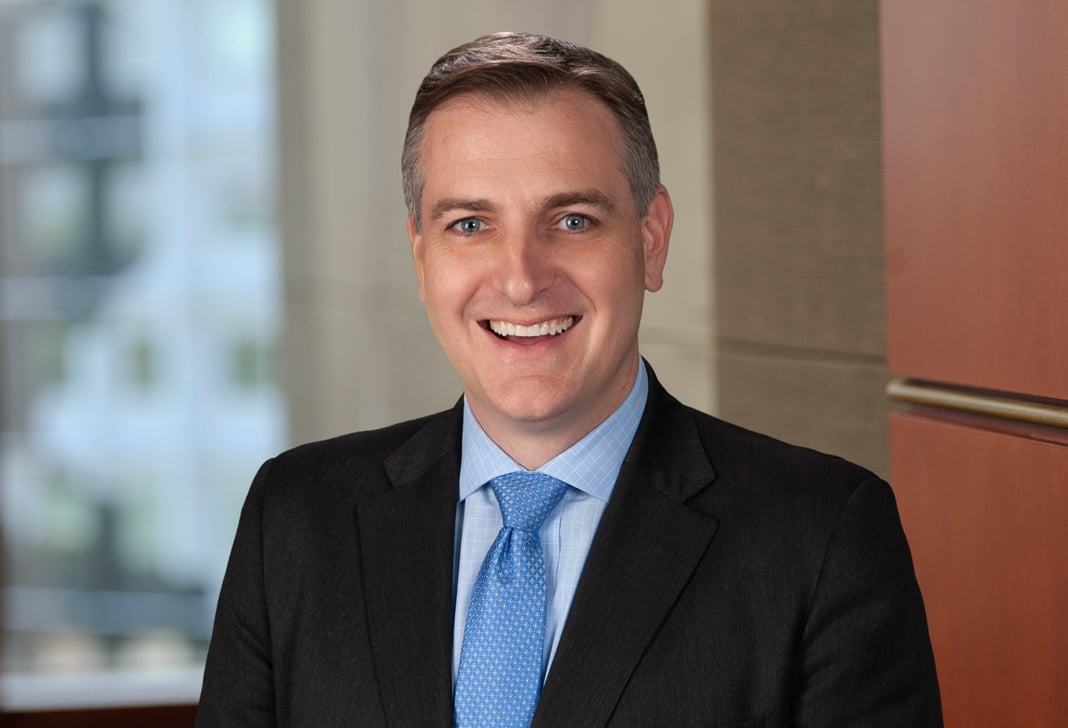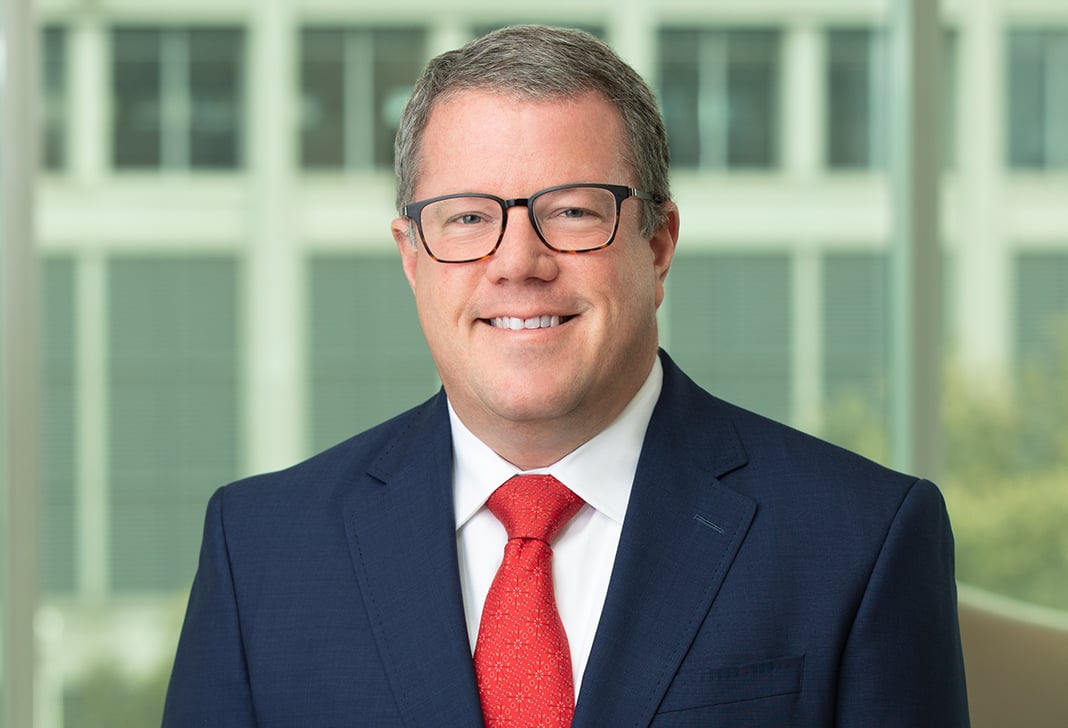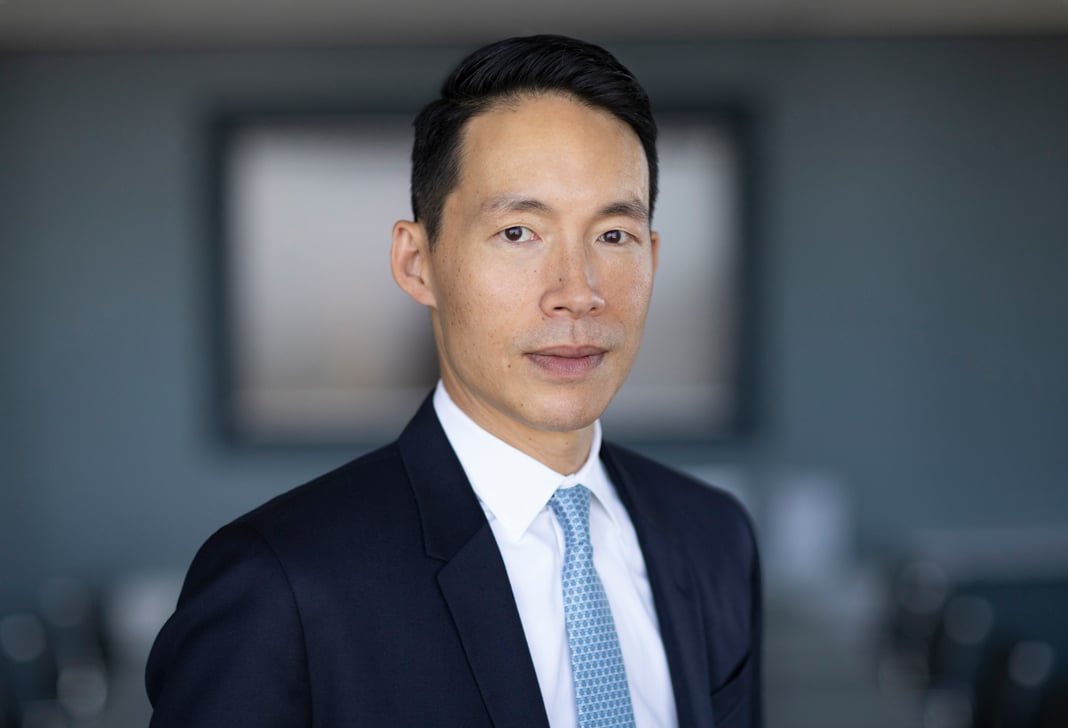Securities Litigation Defense Implications from the Supreme Court's Amgen Opinion
On February 27, 2013, the Supreme Court ruled in Amgen, Inc. v. Connecticut Retirement Plans and Trust Funds, No. 11-1085, that plaintiffs in a federal securities fraud action need not prove the materiality of an alleged misrepresentation to certify a class under the fraud-on-the-market theory. The significance of the Court's holding is probably not the watershed event that some have predicted, as the argument that alleged misrepresentations were not material has not often been a particularly effective tool for defeating class certification. Nonetheless, the Court's decision comes less than two years after Erica P. John Fund, Inc. v. Halliburton Co., 131 S. Ct. 2179 (2011), in which the Court held that securities plaintiffs need not prove loss causation to certify a class. Together, Halliburton and Amgen diminish the tools defendants have available to them to defeat the certification of weak claims. These decisions underscore the need for defendants to be as aggressive as possible at the pleading stage of securities fraud class actions.
The contrast between Amgen and the Eleventh Circuit's decision two days prior in Meyer v. Greene, ---F.3d ----, No. 12-11488 (11th Cir. Feb. 25, 2013), illustrates this dynamic. In both cases, the defendants appeared to have a strong argument that the information claimed to be withheld from the market was in fact public. In Amgen, the plaintiff alleged that an Amgen executive misleadingly downplayed the significance of a Food and Drug Administration Advisory Committee meeting by incorrectly saying that the meeting would not focus on one of Amgen's leading drugs. See Amgen, Slip Op., at 24. Defendants tried to introduce the committee's publicly available meeting agenda, which showed that the drug would be discussed, as rebuttal evidence that the alleged misrepresentations were immaterial. The Supreme Court agreed with the district court that this evidence could not be admitted, and the class was certified.
In Meyer, on the other hand, the plaintiff alleged that the St. Joe Company, a real estate developer, failed to write down assets from failing projects even though it knew that the real estate market in Florida, where it had important projects, was crumbling. See Meyer, Slip Op., at 3-4. Plaintiff alleged that the truth came to light when investor David Einhorn made a presentation at a conference arguing that St. Joe's assets were significantly overvalued; St. Joe's stock dropped 20 percent in the next two days. Id. at 5. The Eleventh Circuit concluded that the plaintiff had not pled loss causation because the Einhorn presentation was based entirely on public information, and thus could not constitute the corrective disclosure necessary for a securities fraud claim. Significantly, although plaintiffs had not included the Einhorn presentation in the complaint, the Court considered the content of the 139-slide Einhorn presentation in its analysis, including the disclaimer on the second slide that the information was gleaned only from publicly available sources. Id. at 5 n.5, 16 & n.9. The Court rejected plaintiff's attempt to create a factual issue about whether certain information was public.
Despite having issued a series of rulings on securities fraud issues in recent years that are often viewed as "pro-plaintiff" (Amgen, Halliburton, and Matrixx Initiatives, Inc. v. Siracusano, 131 S. Ct. 1309 (2011)), the Roberts Court has actually provided defendants with important tools for weeding out weak securities cases in their early stages. The decisions in Ashcroft v. Iqbal, 556 U.S. 662 (2009), and Bell Atlantic Corp. v. Twombly, 550 U.S. 544 (2007), require plaintiffs to show that their interpretations of particular facts are plausible, not just possible. For example, Twombly requires a plaintiff to plead facts that "plausibly suggest[ ]" the supposed misconduct, not that are "merely consistent with" it. Defendants can argue that Iqbal and Twombly require a plaintiff to plead facts (such as quotations from analyst reports) suggesting that the stock price moved for the reasons plaintiffs claim it did. This argument may be particularly effective where plaintiff's theory of loss causation, although theoretically possible, seems inconsistent with basic assumptions about market efficiency because of an unexplained lag time between the disclosure of negative information and a drop in the stock price.
Even with diminished chances of defeating class certification on materiality or loss causation grounds, these issues may be ripe for carefully targeted motions for partial summary judgment early in the case. In certain circumstances, a motion for partial summary judgment might be filed at the same time as the opposition to class certification. In general, such early motions for summary judgment may target issues where little, if any, discovery is necessary to resolve the claim. Both loss causation and whether certain information was public are strong candidates for early resolution because neither should require any electronic discovery of internal documents from the defendant company to resolve. Defendants should consider requesting that discovery and scheduling orders be entered so as to allow the Court to reach such issues as early in the case as possible.
The Roberts Court may revisit the fraud-on-the-market presumption in the coming years, which could radically alter the rules for certifying securities class actions. In Amgen, Justice Alito, although siding with the majority, separately wrote that that he would like the Court to revisit Basic Inc. v. Levinson; it may fairly be assumed that Amgen's three dissenters would like to do so as well. However, unless and until the Supreme Court reconsiders Basic, defendants in putative securities class actions should remain vigilant in trying to defeat weak claims as early in the case as possible.
Lawyer Contacts
For further information, please contact your principal Firm representative or one of the lawyers listed below. General email messages may be sent using our "Contact Us" form, which can be found at www.jonesday.com.
Robert W. Gaffey
New York
+1.212.326.7838
rwgaffey@jonesday.com
Walter W. Davis
Atlanta
+1.404.581.8517
wwdavis@jonesday.com
Meir Feder
New York
+1.212.326.7870
mfeder@jonesday.com
William S. Freeman
Silicon Valley / San Francisco
+1.650.687.4164 / +1.415.626.3939
wfreeman@jonesday.com
Thomas R. Jackson
Dallas
+1.214.969.2978
trjackson@jonesday.com
Jeffrey J. Jones
Columbus
+1.614.281.3950
jjjones@jonesday.com
Eric Landau
Irvine
+1.949.553.7517
elandau@jonesday.com
Michael T. Marcucci
Boston
+1.617.449.6887
mmarcucci@jonesday.com
Michael J. McConnell
Atlanta
+1.404.581.8526
mmcconnell@jonesday.com
Robert C. Micheletto
New York
+1.212.326.3690
rmicheletto@jonesday.com
John M. Newman, Jr.
Cleveland
+1.216.586.7207
jmnewman@jonesday.com
Lee Ann Russo
Chicago
+1.312.269.4283
larusso@jonesday.com
Evan P. Singer
Dallas
+1.214.969.5021
epsinger@jonesday.com
John C. Tang
San Francisco / Silicon Valley
+1.415.875.5892 / +1.650.687.4129
jctang@jonesday.com
Patricia J. Villareal
Dallas
+1.214.969.2973
pjvillareal@jonesday.com
Jones Day publications should not be construed as legal advice on any specific facts or circumstances. The contents are intended for general information purposes only and may not be quoted or referred to in any other publication or proceeding without the prior written consent of the Firm, to be given or withheld at our discretion. To request reprint permission for any of our publications, please use our "Contact Us" form, which can be found on our web site at www.jonesday.com. The mailing of this publication is not intended to create, and receipt of it does not constitute, an attorney-client relationship. The views set forth herein are the personal views of the authors and do not necessarily reflect those of the Firm.








